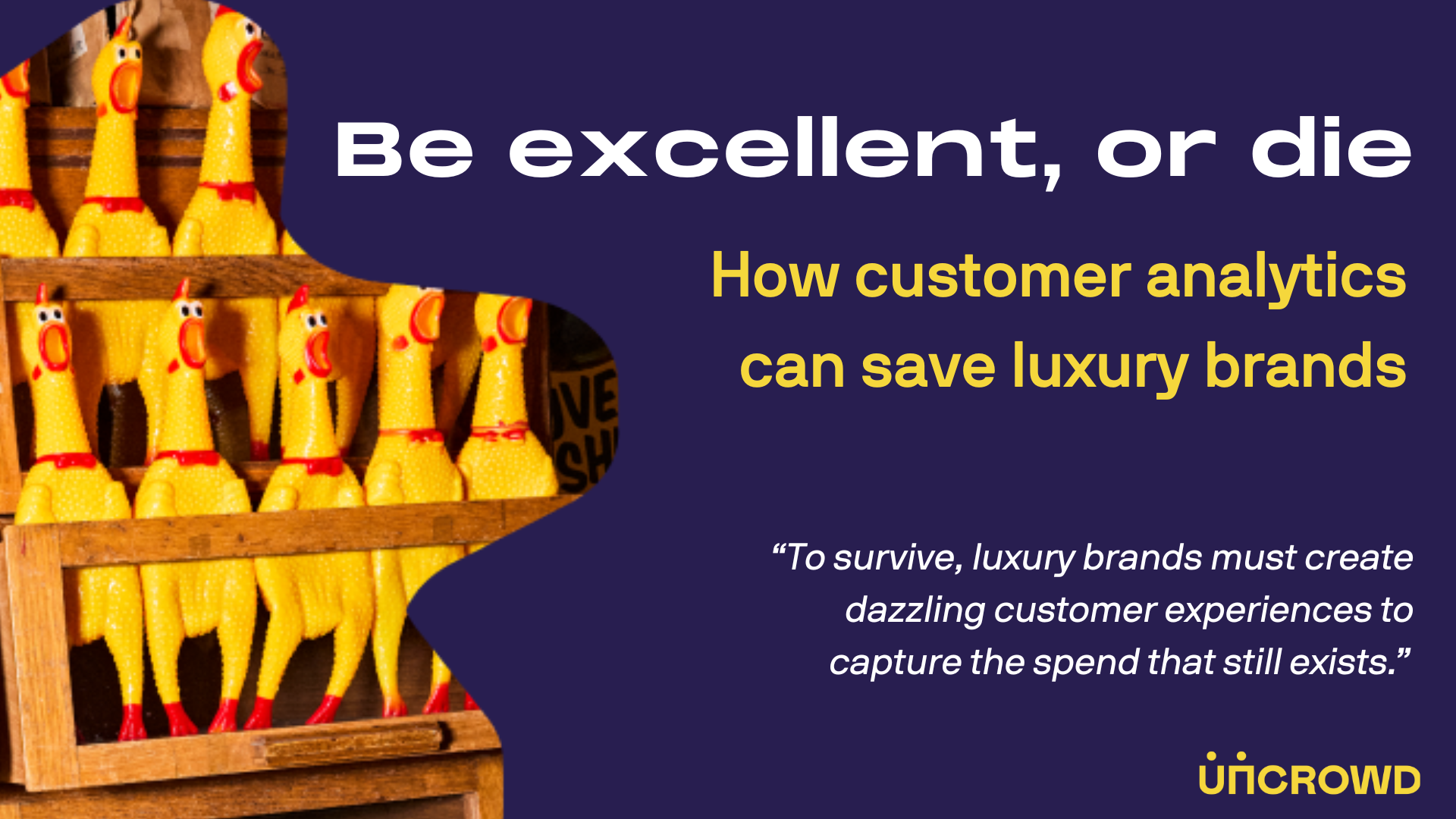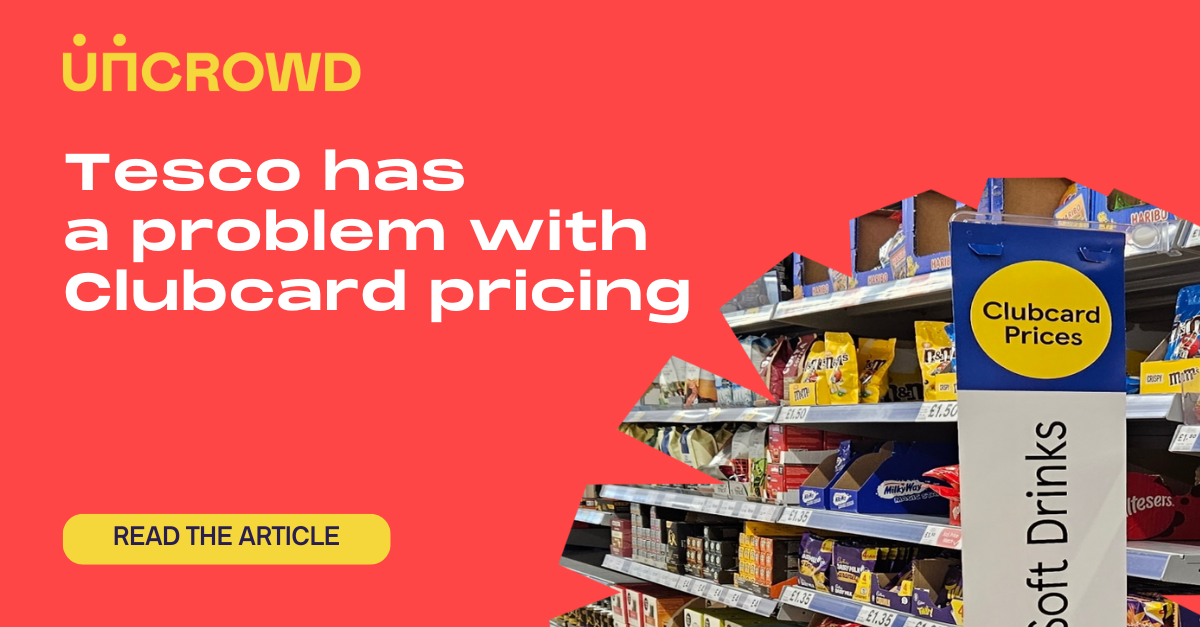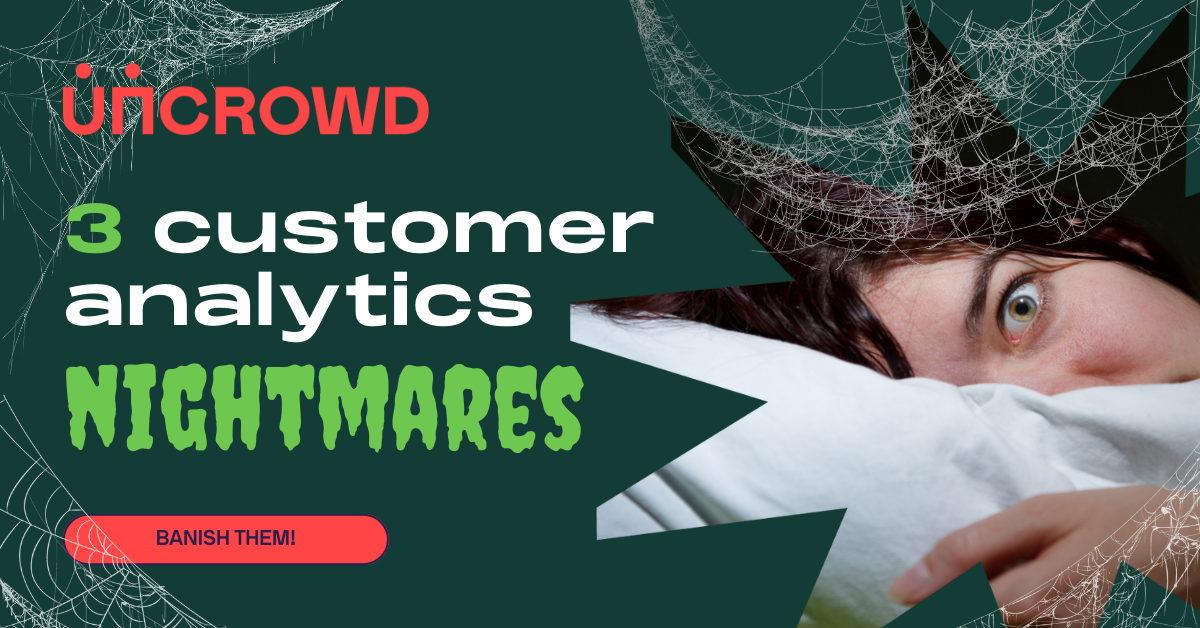Friction / Reward Part 2: Can friction work in your favour, and is reward ever risky?

We continue our exploration of friction and reward, the two most important factors influencing consumer behaviour in modern retail.

Can friction work in your favour?
There are some rare instances in which the rule of “reduce friction, increase reward” may not apply.
For example, friction can occasionally work in a retailer’s favour when it’s balanced by a genuine reward. Limiting product availability is an example of this; Pappy Van Winkle’s Family Reserve, the bourbon that’s famous for being impossible to buy, or US skateboarding brand Supreme who engineer long queues outside their store for their drops of limited collections. Such deliberate frictions can create publicity, exclusivity and prestige.
But deliberately engineering friction is a risky approach in a choice economy. If you don’t get it right (and it’s easy to go wrong), customers can simply go elsewhere.

Is reward ever risky?
Strategies for increasing buyer reward should be carefully thought through. For example, reward schemes that offer discounts can be powerful, making customers feel part of a club. But successful reward schemes require intelligent personalisation and generous incentives, which require substantial budgets which not all retailers have.
Offering a poorly thought-through points scheme does little to change customer behaviour and can eat away at margins or trap a company into an endless outlay on perks that customers come to expect, but that don’t incentivise them to shop with you more often.
Reward should never be offered without an understanding of how it makes you relatively more attractive than your rivals, and how it will improve customer experience strategy.

How to identify friction points and reward opportunities
Some friction reductions involve major structural changes to a business. For example:
- Home delivery
- Increased availability
- Website UI
Similarly, reward variables can be large-scale:
- Experiential retailing
- Real-time engagement
- Loyalty programmes
But it’s not all about big changes. Friction includes everything that a customer goes through to buy from you, and reward is everything they get from buying from you. Tweaking these can often involve small changes that have a substantial impact on customer behaviour.
Small friction-busters
- Better store signage
- Coinless trolleys
- Contactless payment
Small reward boosters
- Smile from cashier
- Reusable bags
- Product demos
Even small tweaks to your friction / reward balance can have an impact on your bottom line. But friction points aren’t always obvious. Rewards that customers value aren’t always obvious either. Often, even customers aren't aware of the complex web of frictions and rewards that are influencing their behaviour when they shop.
So how do we identify them?
What you can do right now
Start thinking in terms of friction vs. reward. Just thinking about these two competing metrics can help you make changes to your business that can increase sales.
As a practical exercise, try listing all the frictions customers go through to buy from you, and all the rewards they get. Can you bust some small frictions now? Can you boost some simple rewards?
Link friction and reward to your most common Customer Stories
Individual frictions and rewards can have different impacts on different Customer Stories, the combination of the mission a customer is on and the mindstate they are in while they shop.
It’s a useful exercise to identify your most common and commercially useful customer stories, and then list frictions and rewards for these particular stories. Which changes will have most impact on these specific stories?

Uncrowd is on a mission to improve every customer experience on the planet through a unique combination of CX observation, quantitative measurement and comparative results. Our data is objective, empirical, and always shows your next best action.


